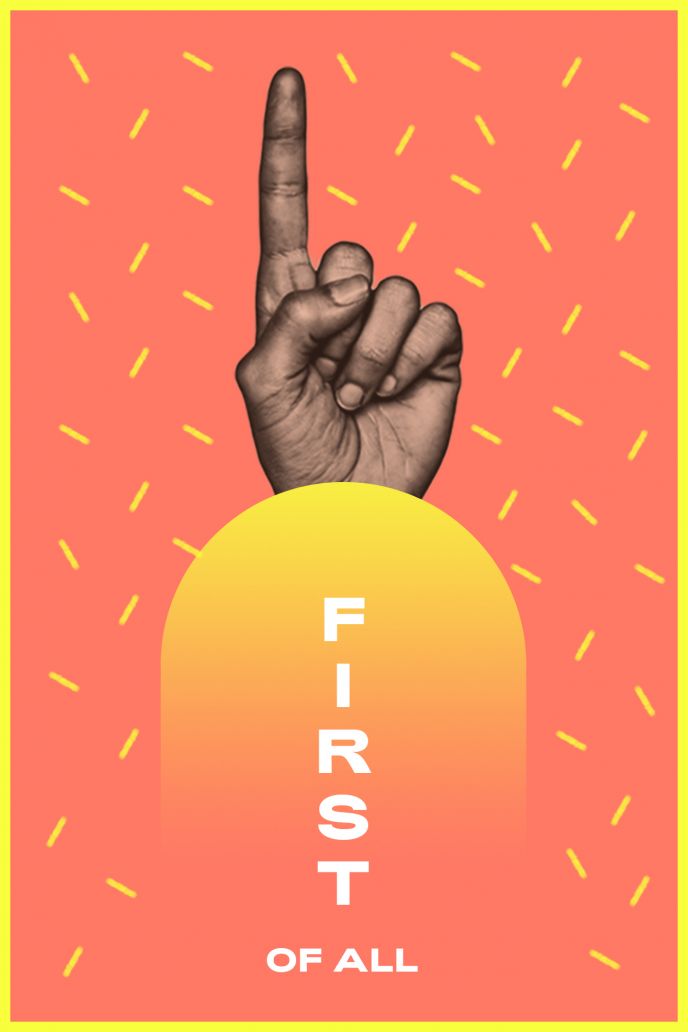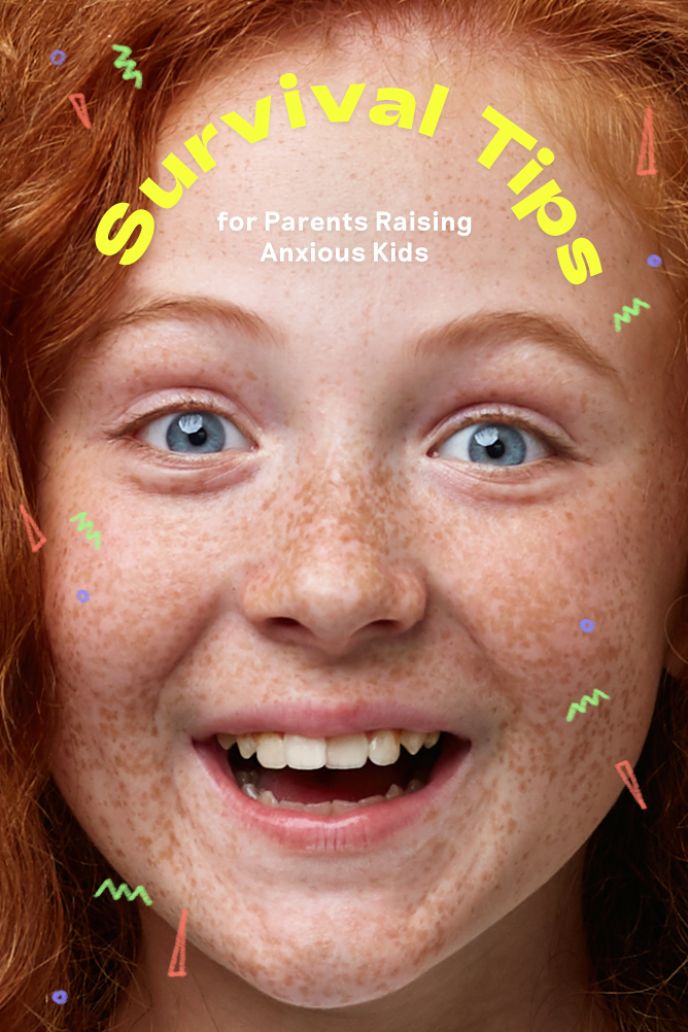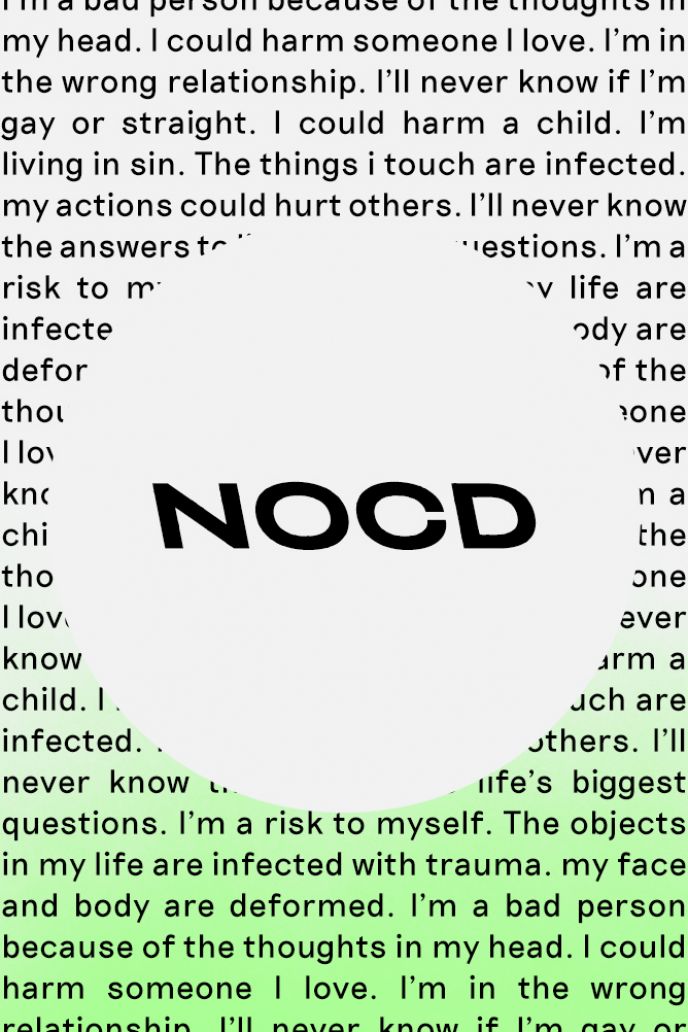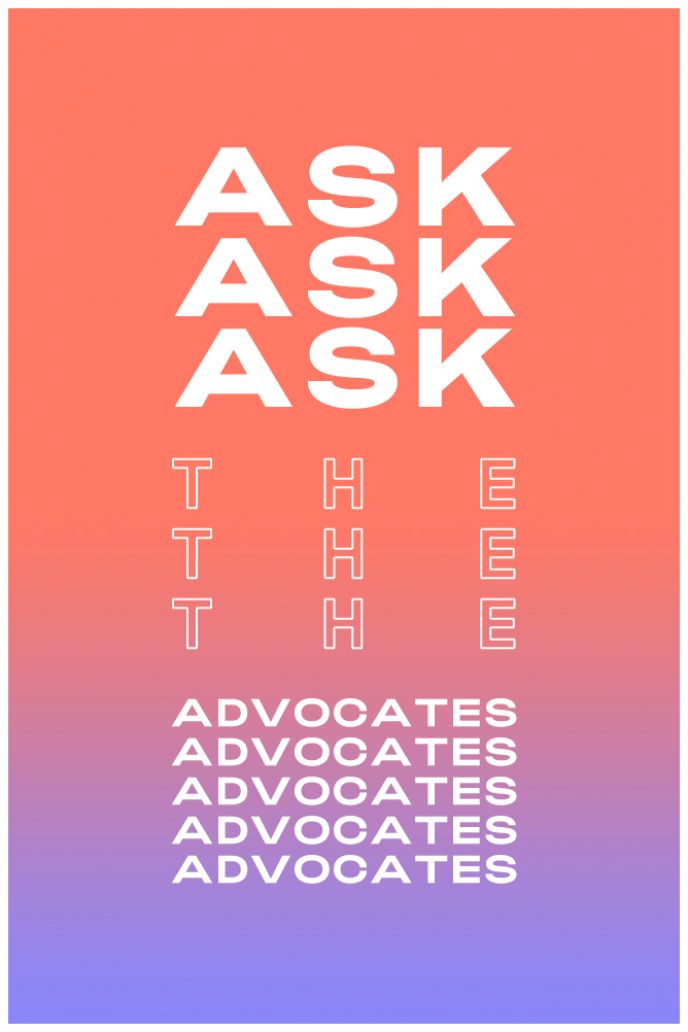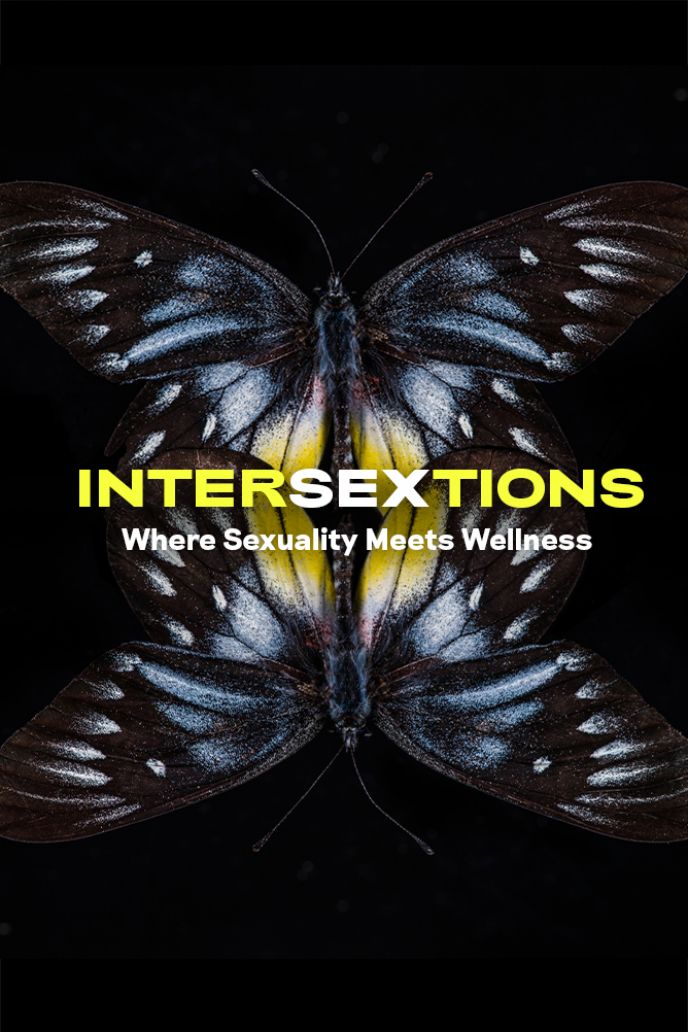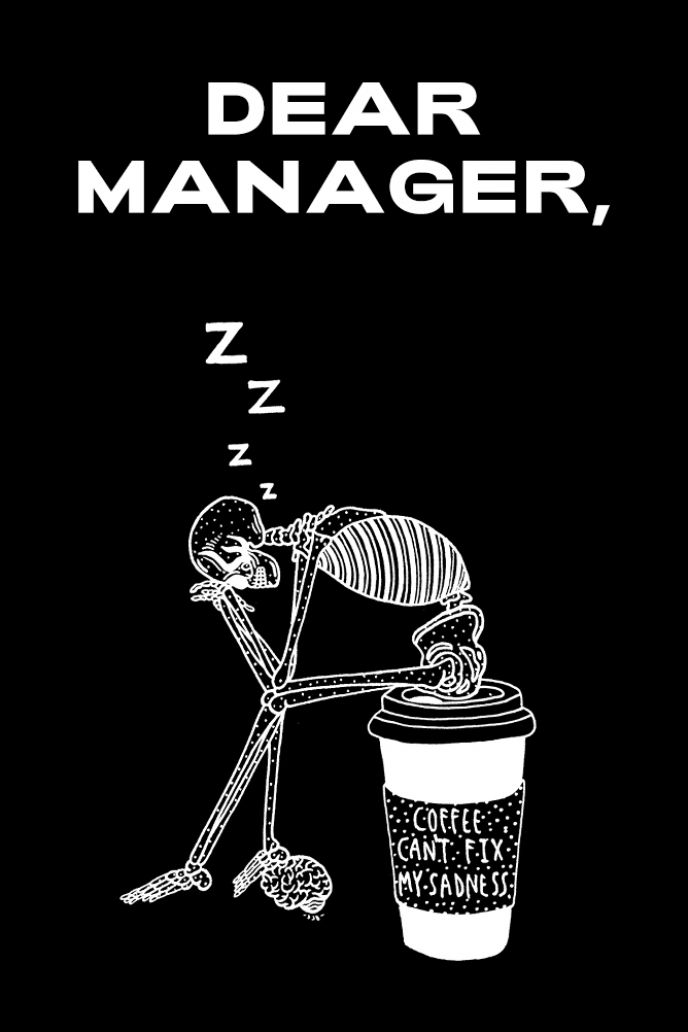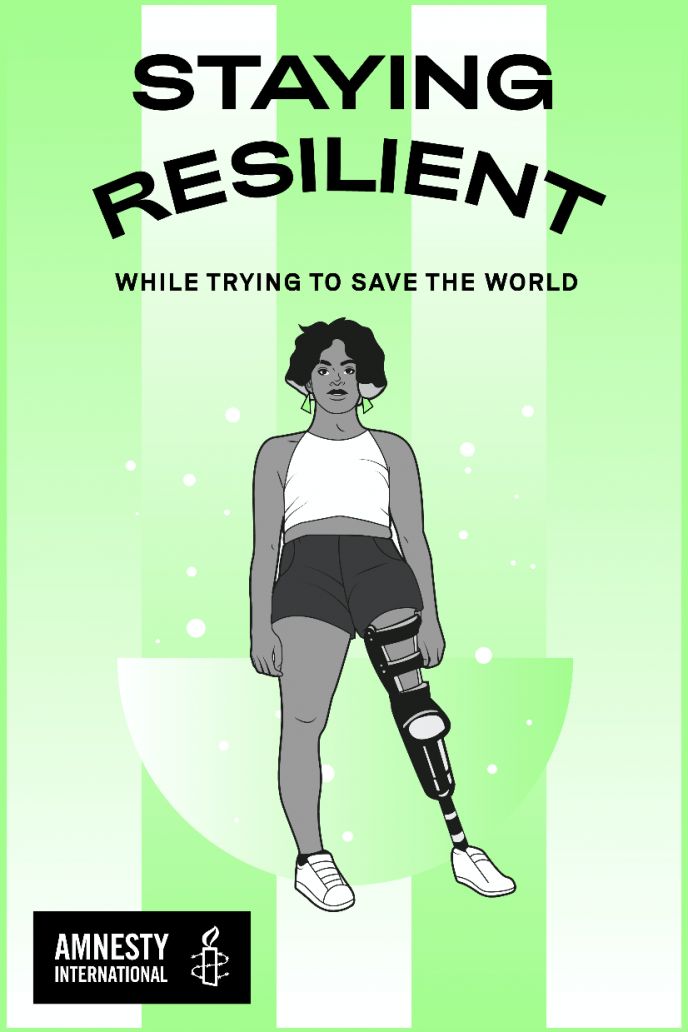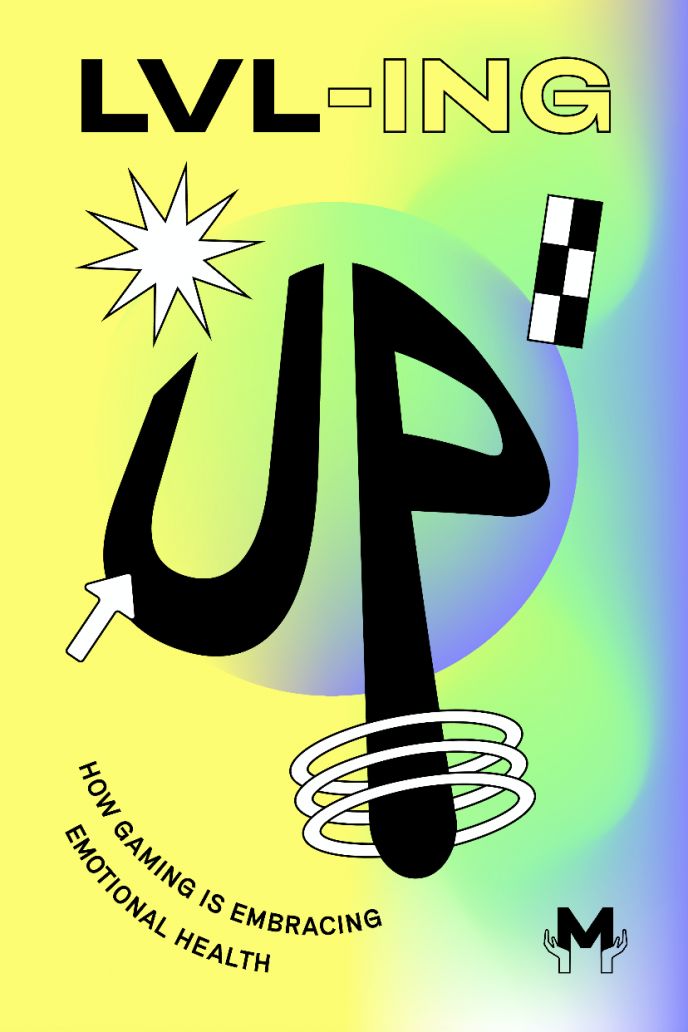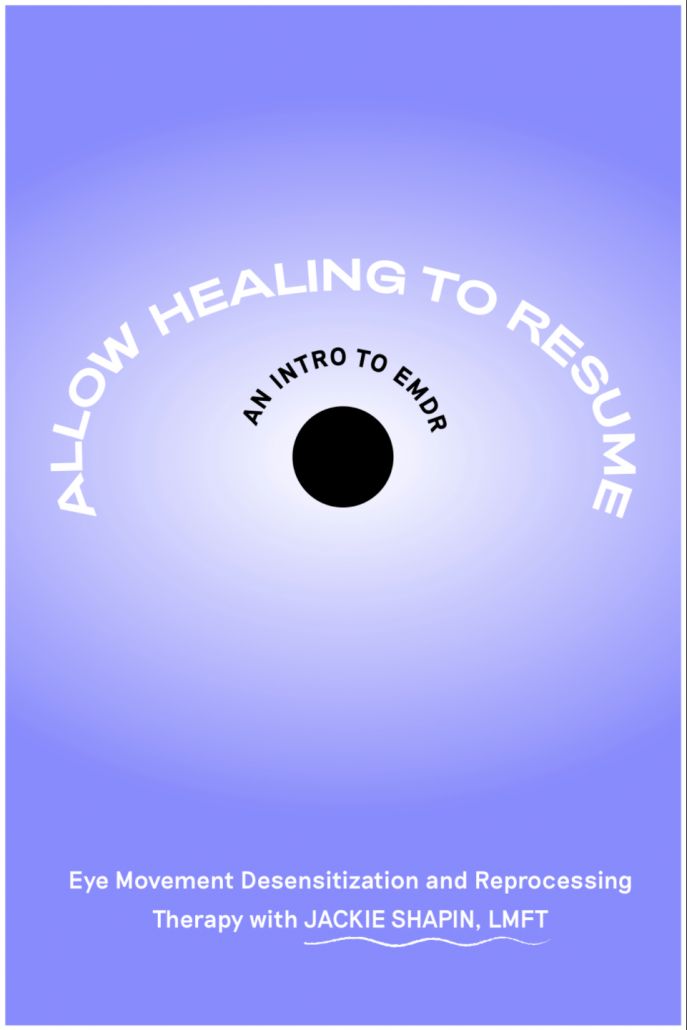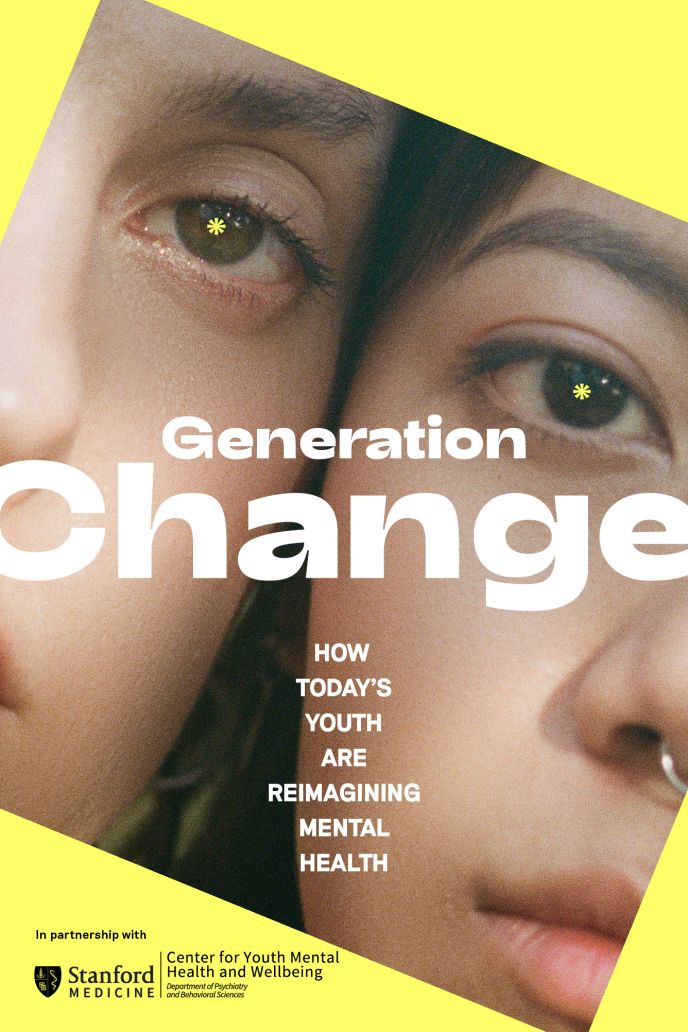Your Disorder Doesn’t Make You a Threat
Blaming violent crime on mental illness is misinformed scapegoating that reinforces stigma
Escrito por Lauren O'Shaughnessy
01 Only 3-5% of violent crime can be attributed to individuals with a mental condition.
02 Victimization rates are 11 times higher for those with a mental condition than they are for the overall U.S. population.
03 The correlation between mental conditions and violence supports cross-cultural stigma and keeps millions from seeking proper care.
We know how the story goes.
After the Pulse nightclub shooting in Orlando, national headlines referred to the shooter as “emotionally unstable”, hinting at a potential bipolar diagnosis as reason for the crime. After the October 2017 Las Vegas shooting that left 58 dead, authorities conducted a thorough investigation into the shooter’s medical history, vehemently searching for a mental diagnosis that could explain his actions. Nothing turned up.
After Parkland, President Trump tweeted that there were “many signs that the Florida shooter was mentally disturbed,” blaming his neighbors, peers and even the FBI for not preventing the crime.
It’s not just mass shootings that garner this response. Stabbings, bombings, incidents of domestic violence, rape — all are often blamed on mental illness. However, research has repeatedly shown that violence and mental illness do not go hand in hand.
A 2016 study by the National Institute of Health, found that only 4% of violence can be attributed to individuals with a serious mental condition. A similar study blamed media coverage for making people think otherwise, stating that “Media accounts of mass shootings by disturbed individuals galvanize public attention and reinforce popular belief that mental illness often results in violence. Epidemiologic studies show that the large majority of people with serious mental illnesses are never violent.”
Not only are they often non-violent, people with mental conditions are more likely to be victims of violence than the general population. 11 times more likely, to be exact. The source of this violence varies, but is generally attributed to stigma, discrimination, lack of access to quality care, and toxic home environments. In many cases, victims are abused by those closest to them — family members, caregivers and people in their immediate community.
Despite these findings, negative stereotypes remain strong. As of 2013, 46% of Americans believed people with serious mental illness were “far more dangerous than the general population.” It’s important to note that there does exist a risk factor amongst individuals with severe mental illness. Studies have shown that people with schizophrenia are more likely to be violent than a person without a serious mental disorder. However, on a whole, cultural violence cannot be attributed to or explained by mental conditions. Most acts of violence are not committed by mentally ill individuals, and most individuals with severe mental illness are non violent.
The media isn’t the only culprit here. Politicians, corporations and influencers have upheld the argument that mental health problems are responsible for the increase in mass shootings. However, when comparing the US to other developed nations of similar size, it has significantly higher rates of gun violence, with 90 mass shootings taking place between 1966 and 2012. The next highest country on the list comes in at 18.
Further, the US doesn’t have higher rates of mental conditions to support the correlation with gun violence. As stated in an analysis by the New York Times, “If mental health made the difference, then data would show that Americans have more mental health problems than do people in other countries with fewer mass shootings. But the mental health care spending rate in the United States, the number of mental health professionals per capita and the rate of severe mental disorders are all in line with those of other wealthy countries.”
This narrative is dangerous for multiple reasons. Linking the mentally ill with cross-cultural violence strengthens the fear and stigma directed at individuals battling a mental condition. It keeps people from vocalizing their symptoms and seeking much needed treatment. Additionally, negative connotations make it harder for organizations committed to supportive or preventative measures from getting the funding they need to reach appropriate audiences. Ironically, the claims that mental conditions are behind American mass shootings have done nothing to increase funding for mental health care providers.
Using mental health as a scapegoat does little to address the root causes of violence in the US and outside of it. It oversimplifies an incredibly complex problem, and allows the general population and changemakers alike to ignore more substantial and supported red flags, such as correlations with gender, gun ownership, past issues with domestic abuse or assault, rage, and a history of trauma.
Mental conditions do not make you a threat. And until we correct sources stating otherwise, and create a more human, empathetic perception of those living with mental disorders, millions will continue to suffer in silence, bearing the burden of crimes they didn’t commit.
Sobre el autor
Lauren is the editorial director and cofounder at the Made of Millions Foundation. She has been a part of the team since its launch in 2016. She has been open about her personal struggles with Generalized Anxiety Disorder and social phobia. You can follow her on Instagram at www.instagram.com/internet_lauren.
Apoya nuestro trabajo
Nuestra misión es cambiar la manera en que el mundo percibe la salud mental.
